Date: 29 December 2007
Storefronts and home interiors were tiled with it, giving them the sexy, shiny, streamlined look so popular in art deco and art moderne styles.
The material was touted for its versatility and as a lighter, more durable alternative to marble. And compared to today's glass tile - thinner, clear and often back-painted - Vitrolite has a richer, more polished appearance.
"The depth of tone is different than if you just have a piece of glass over paint," says Tim Dunn, a Vitrolite specialist based in St. Louis. "There's a vibrancy and a lusciousness that you don't get with back-painted glass. It stays nice and fresh and glossy."
So why don't more of us have this material in our homes? Well, for starters, it hasn't been produced in the United States since 1947.
Dunn is one of a handful of people in the country who salvage, restore and install the material, which he describes as the siding of its time. And thanks to this elite cluster of experts, folks who already have the glass in their homes can keep it.
Like Valerie Schroer, who, about five years ago, had to remove part of the Vitrolite in her Kansas City bathroom because of a plumbing problem.
"We tried to save the tile but couldn't," Schroer says. "We did a search on the Internet to find replacements, and we found Tim Dunn."
He restored the tile in the cream-and-black bathroom of the Schroer house, which was built in the late '30s.
"I've talked to neighbors since who have taken [Vitrolite] out and didn't know there was someone out there who could replace it or fix it," Schroer says. "We want people to know how neat it is and how valuable historically."
The splendor in the glass isn't just its rich hue and history. "It's easy to clean, and it doesn't hold germs," Dunn says. "It's not absorbent, so it's very sanitary."
While marble is porous and can harbor bacteria, glass was championed for its hygiene. It became a mainstay in bathrooms and kitchens. Its nonporous surface also resists stains, Dunn says.
"We just wipe it down - not a lot of maintenance," says Sinnamon Rhoades, whose kitchen, paved entirely in white glass, was one of the selling points of her 1933 Kansas City home.
But is Vitrolite really all it's cracked up to be? Sure. Unless it cracks.
"It is glass, so it can break, if someone opens a door too fast or, say, a skateboard hits a piece," Dunn says,
Other than fragility, drawbacks include its limited availability and high cost. Vitrolite costs more than $60 per square foot installed, Dunn says.

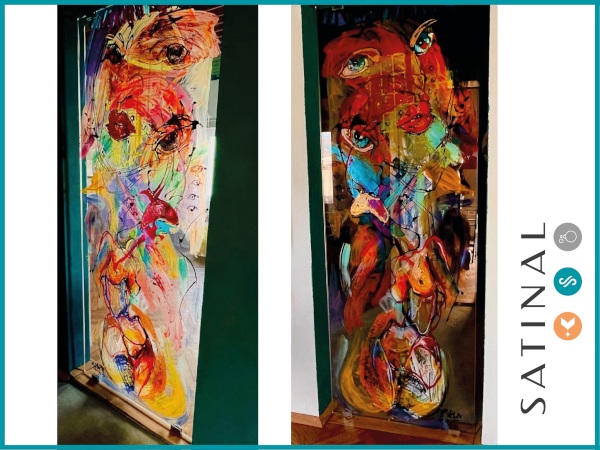
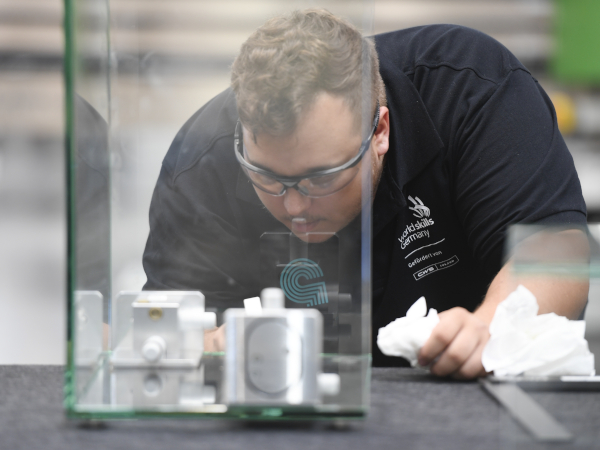
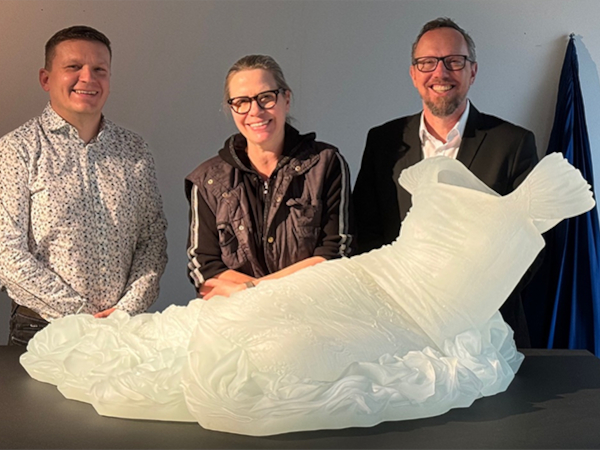
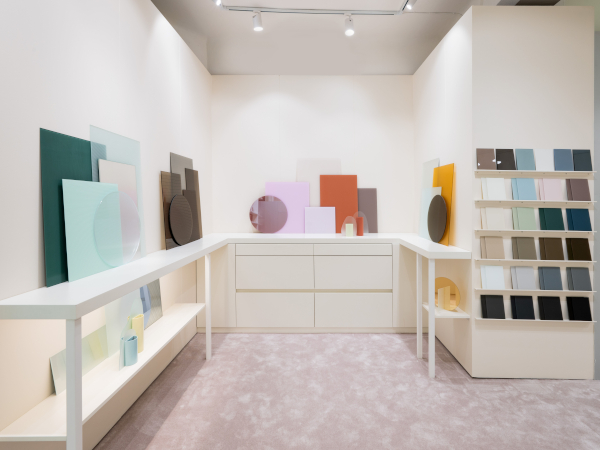
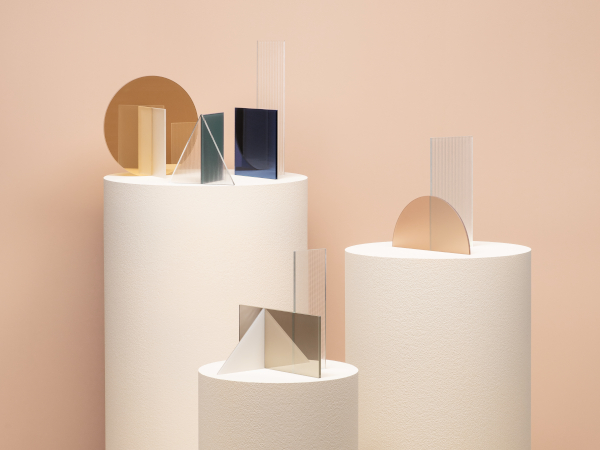

Add new comment